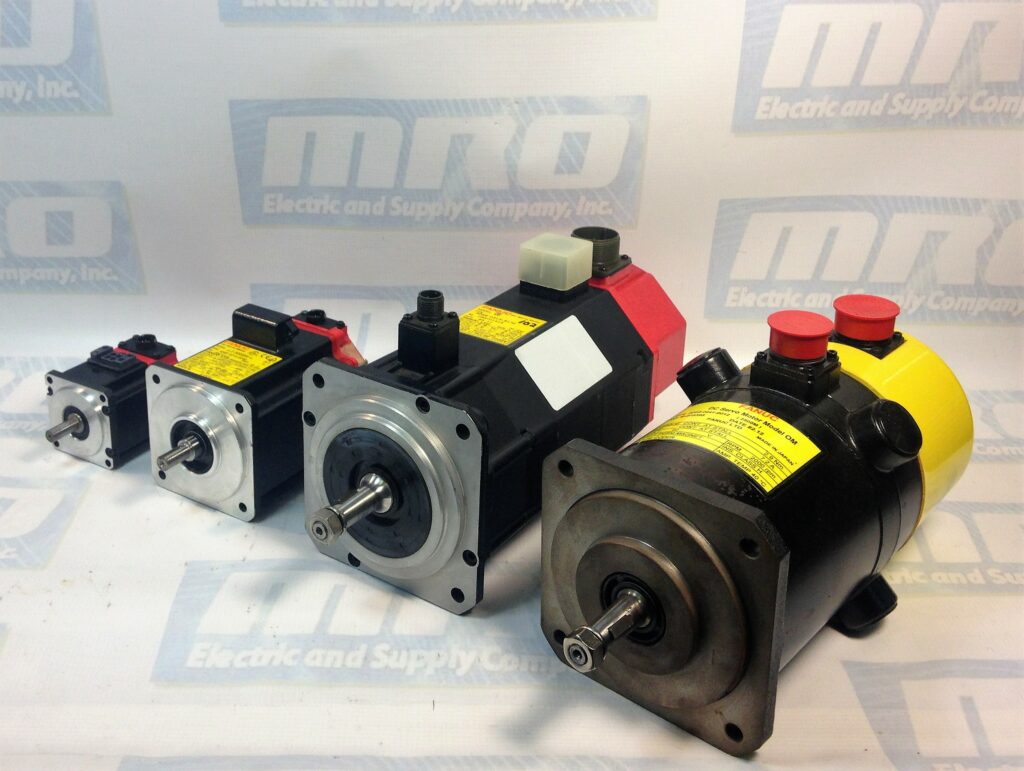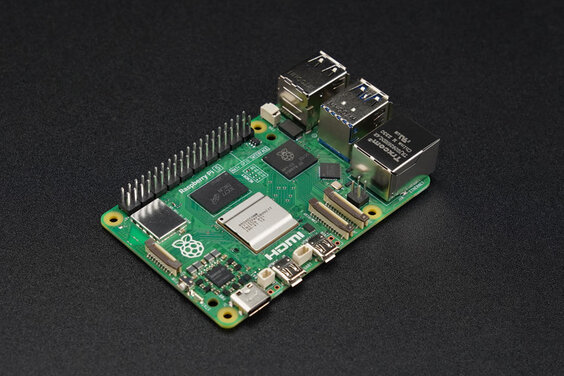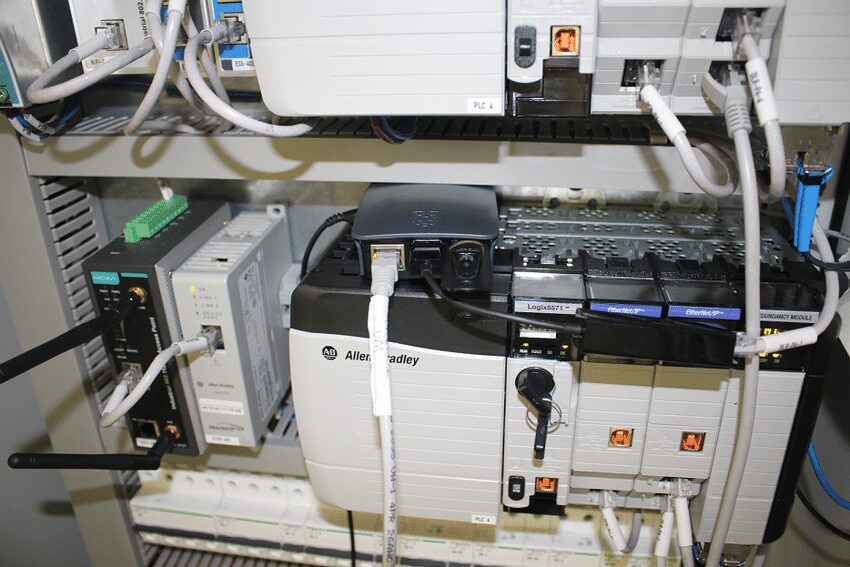When thinking about automation, we imaigne massive warehouses housing automation lines that have conveyer belts snaking every which way. Large robotic arms constantly move back and forth as they commit to the same repeated task over and over again. You probably imagine sparks flying in the air as robotic arms weld parts to march larger machine bodies. The sight of a manufacturing facility may overstimulate the senses. The flashes of light, the sound humming and grinding, and the smell of various mechanical fluids in the air. With so much stimulation, it’s understandable as to why people overlook the comparatively small but very crucial amplifier. After all these small devices sit tucked away hidden from sight. Nonnetheless they perform the very important function of orchestrating tasks to other units with extreme precision.

The History of Servo Amplifiers
The history of servo amplifiers dates back to the 1920s where their original exploration largely targeted aviation and military applications. During the bulk years of WWII during the 1940s, early servo mechanisms saw their use controlling gun turretts and radar. Notice how I said “”servo mechanisms,” that’s because these weren’t quite the servo amplifiers that we are familiar with today. Instead they required hydraulic and manual action. The end of the 40s and into the 1950s saw the development of the first electronic servo amplifier. The servo amplifier stood as a vast improvement compared to its predecessor, in regards to precision and reliability.
The 1960s and 70s brought the invention of the semiconductor and with that the next evolutionary step for servo amplifiers. In 1969 the company, Modcon, built the first Programmable Logic Controller (PLC). Not only did the PLC revolutionize the automation industry but it also paved the way for more sophisticated control systems. By the 1980s, the integrating of digital signal processing (DSP) furthered the capabilities of servo amplifiers. By the 1990s, servo amplifier connectivity and communication made it an irreplaceable asset to industries across the globe.
How Do Servo Amplifiers Work
At the core of its functionality, the servo amplifier is a feedback device.This system relies on sensors, typically encoders or resolvers, to provide real-time data on the motor’s performance. The feedback loop continuously compares the actual position, speed, and torque of the motor with the commanded values from the control system.The servo amplfifier corrects any discrepencies by adjusting the power output accordingly. This closed-loop system ensures high precision and responsiveness, enabling complex and delicate tasks to be performed with ease.
Servo amplifiers come in various types, each suited to specific applications. Analog servo amplifiers, for example, control motor operations using continuous signals. Digital servo amplifiers, on the other hand, offer greater flexibility and precision by utilizing digital signals and advanced algorithms. These digital models often feature programmable settings, allowing for customization to meet the specific requirements of different tasks. Additionally, hybrid servo amplifiers combine elements of both analog and digital systems, providing a balance of performance and versatility.
The applications of servo amplifiers are vast and varied. In industrial automation, servo amplifiers control robotic arms, conveyor belts, and CNC machines, where precision and repeatability are essential. In the aerospace industry, servo amplifiers are critical for controlling the movements of aircraft components, such as flaps and landing gear. Servo amplifiers also find use in the medical field, where they enable the precise operation of surgical robots and diagnostic equipment. The ability to provide exact control over motor functions makes servo amplifiers indispensable in any field requiring high-precision motion control.
Conclusion
In summary, servo amplifiers are crucial devices in the realm of motion control, offering unparalleled precision and reliability. By continuously adjusting power based on feedback from sensors, they ensure motors operate efficiently and accurately. The variety of servo amplifier types allows for their use in a wide range of applications. This ranges from industrial automation to aerospace and medical technology. As technology advances, the role of servo amplifiers is expected to grow. Further enhancing their importance in achieving precise and efficient motor control.
Have a Broken Servo Amplifier?
A brief guide for common Fanuc servo amplifier alarm codes can be found here. For any inquiries regarding repair or replacement, our team is available by phone: (800) 691-8511 or by email: sales@mroelectric.com.







.jpg)

